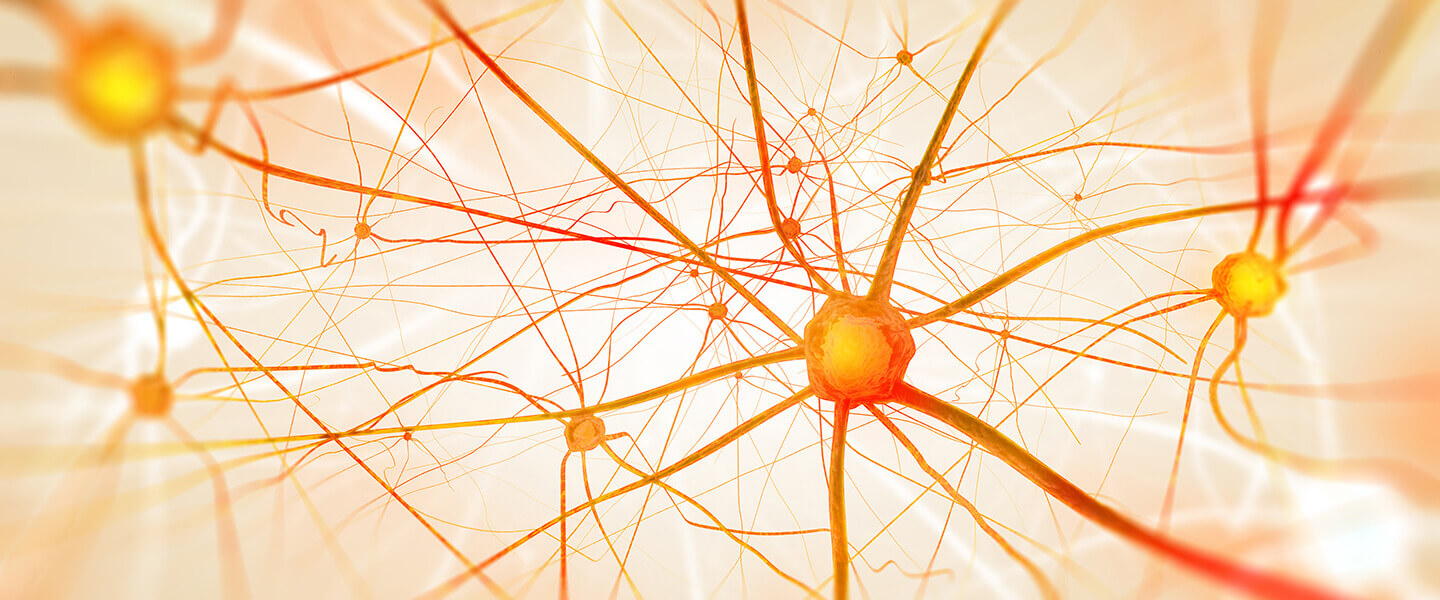Study Sheds Light on How Early-Life Abuse Can Alter Maturation of Brain's Emotion Circuitry
Study Sheds Light on How Early-Life Abuse Can Alter Maturation of Brain's Emotion Circuitry

How do abuse and other forms of early-life adversity alter the development of the brain? If and when such changes do occur, how are they related to the emergence of psychiatric symptoms?
These important questions are at the focus of research led by Ryan J. Herringa, M.D., Ph.D., a 2012 BBRF Young Investigator, and a team that included Katie McLaughlin, Ph.D., a 2013 BBRF Young Investigator and winner of the 2016 BBRF Klerman Prize, and Josh Cisler, Ph.D., a 2014 BBRF Young Investigator.
In a paper appearing in the American Journal of Psychiatry, the team reported that in girls who were abused at a young age, various aspects of brain development were indeed altered, although in patterns that differed in girls who went on to develop psychiatric symptoms compared with girls who had not developed symptoms at the time the study was conducted.
The study drew upon data from 234 girls between the ages of 8 and 18, some of whom ("typically developing") had suffered no abuse and had no psychiatric diagnosis; some ("resilient") who had been abused but had no psychiatric diagnosis; and some ("susceptible") who had been abused and did have a psychiatric diagnosis.
In addition to detailed medical and psychiatric histories, the girls had MRI brain scans, which were subsequently correlated with symptoms and symptom severity, and then analyzed via machine learning methods that generated information about the maturation of each girl's brain, in biological terms, relative to their chronological age. A "BrainAGE" calculation was made which indicated variance—advanced or delayed brain maturation relative to their age—in girls who had suffered physical abuse or neglect as compared with typically developing girls lacking a history of abuse or neglect.
The most important finding was that childhood abuse was related to delayed maturation of the brain regardless of whether girls were resilient or susceptible. Strikingly, this effect was specific to circuits involved in processing emotions. Delayed maturation of this emotion circuitry was also associated, the study revealed, with a likelihood of an individual having hyperarousal symptoms. In hyperarousal, which is often seen in anxiety and post-traumatic stress disorder (PTSD), one becomes extremely sensitive and often distressed or even disabled by stimuli in the environment which may not actually pose a threat.
A related finding was that patterns of delayed emotion-circuit maturation differed between girls who were abused and had psychiatric symptoms and girls who had been abused but had no such symptoms. This is intriguing, in part, because the circuit pattern seen in "resilient" abused girls, involving the fronto-parietal cortex and the hippocampus, are regions critical for emotion regulation and "may represent neurodevelopmental markers of reduced psychiatric risk following abuse," the researchers said.
The team speculated that the delay in structural maturation of emotion circuits in abused girls is potentially adaptive, in evolutionary terms. In other words, by overstressing potential threats—even when they prove illusory—the still-developing brain in a young, abused individual is seeking a way to protect the individual. Problems arise when hyperarousal becomes habitual and is carried forward in life, when it can become a disabling symptom of an anxiety disorder or PTSD.
Girls in the study who had not been abused but rather were physically neglected by their caretakers—another kind of stress to which the developing brain tries to adapt—showed an entirely different circuit maturation pattern. The brain in neglected girls tended to show accelerated maturation, brain-wide. This was seen both in girls who had psychiatric symptoms and those who did not.
Although this and other results of the study need to be validated by others, the researchers, in trying to explain the accelerated maturation seen in neglected girls, suggested it might be related to observations made of the brain under conditions of early-life deprivation, i.e., settings in which the brain is not challenged as it is more typically, whether by novelty or threat. This could lead to decreased volume of grey matter in the brain, the team noted, which is normally seen further on in the developmental process in typically developing individuals.
Disentangling the impacts of threat-related adversity from deprivation-related adversity upon the maturation of brain circuits, the team said, was a step toward future development and testing of treatment strategies targeting specific circuits to alleviate or compensate for atypical developmental patterns triggered by early-life abuse, neglect, and other sources of stress to the individual.



